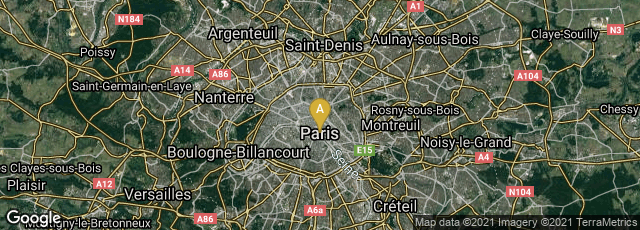In 1759 Jesuit priest Jean-Baptiste Delaborde invented
Le Clavessin électrique or electric harpsichord, one of the earliest documented instruments that used electricity to create musical sound. Despite it’s name
Le Clavessin électrique was a carillon type keyboard instrument using a static electrical charge supplied by a
Leyden Jar. This method allowed the player to create a series sustained notes from the bells, similar to an organ.
Delaborde's mechanism was based on a contemporary warning-bell device demonstrated by Benjamin Franklin. "The warning bell mechanism was based on an apparently unnamed method used in early electrical laboratories to audibly warn an experimenter of the presence of an electrical charge; it was probably invented by Andreas [Andrew] Gordon in Erfurt in 1741 and was described or demonstrated to Benjamin Franklin in Boston in 1746. An eight-bell instrument based on this principle was developed in about 1747 by
Ebenezer Kinnersley, an associate of Franklin in Philadelphia, and the device subsequently received substantial publicity when it was mentioned in Franklin’s publication of his experiments with atmospheric electricity" (
http://120years.net/clavecin-electrique-1759/#easy-footnote-bottom-1-533, accessed 9-2020. The quotation is from Davis,
The New Grove Dictionary of Music and Musicians.)
Delaborde's instrument was one of the most sophisticated applications of electricity for his time. In 1761 he published a198-page book on the instrument and the physics behind it entitle
Le clavessin electrique; avec une nouvelle théorie du méchanism et des phénomens de l'électricité.

